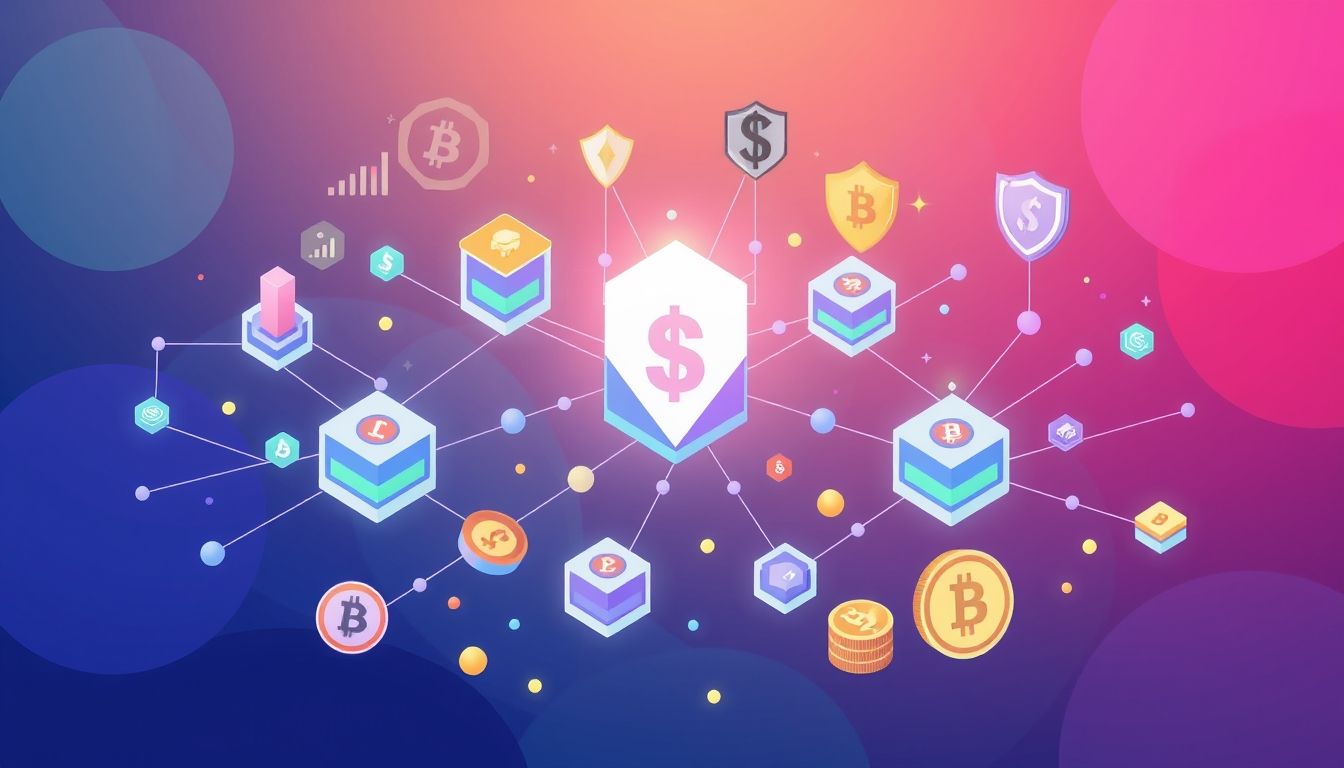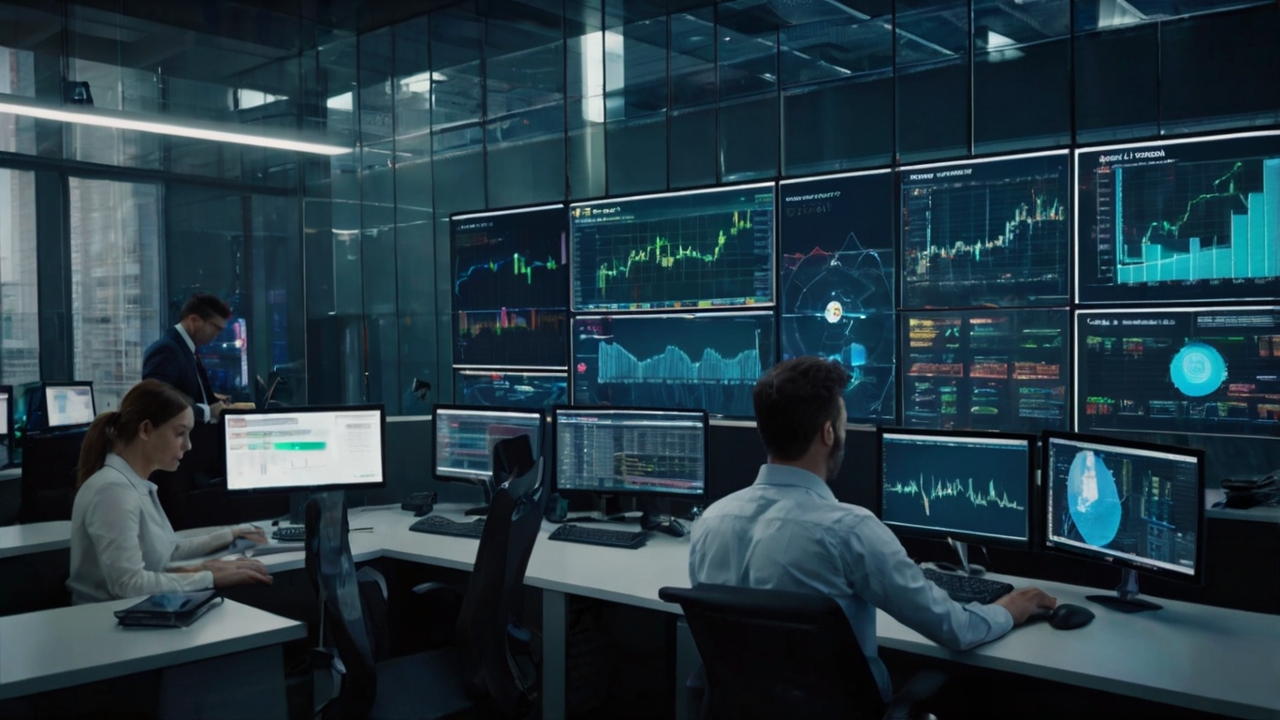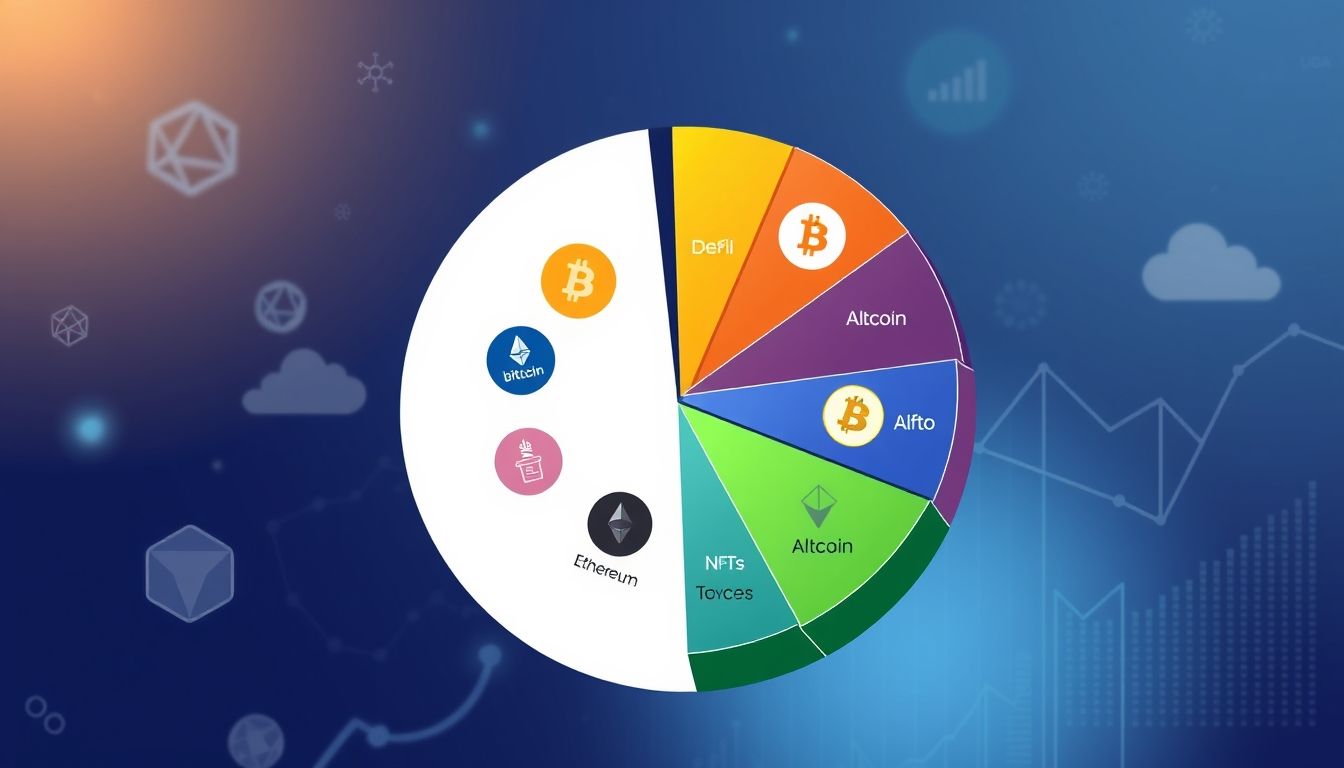Introduction to the World of Cryptocurrency Staking and Mining
Cryptocurrencies have experienced tremendous growth in recent years, leading to the emergence of new opportunities to earn money. Among these opportunities, staking and mining stand out as two popular ways to earn cryptocurrencies. In this article, we will explore these two methods in detail, providing you with a comprehensive guide on how to get started and how to maximize your profits.
Chapter 1: Understanding the Basics of Staking
What is Staking?
Staking is the process of holding cryptocurrencies in a digital wallet to support blockchain network operations, in return for rewards. Staking is considered an environmentally friendly alternative to mining, as it does not require significant energy consumption.
How Does Staking Work?
Staking relies on the Proof of Stake (PoS) mechanism, where validators are selected based on the amount of cryptocurrency they own and stake. The more cryptocurrency you stake, the greater your chance of earning rewards.
Advantages of Staking
- Passive Income: You can earn cryptocurrencies simply by holding them in your wallet.
- Easy to Get Started: Staking does not require specialized equipment or advanced technical knowledge.
- Environmentally Friendly: Staking consumes much less energy than mining.
Disadvantages of Staking
- Price Volatility: The value of cryptocurrencies can fluctuate significantly, which can affect the value of your rewards.
- Lock-up Period: You may need to hold cryptocurrencies for a certain period before you can withdraw them.
- Hacking Risks: You must protect your digital wallet well to avoid hacking.
Chapter 2: Effective Staking Strategies
Choosing the Right Cryptocurrency for Staking
Look for cryptocurrencies that offer high reward rates and have a good reputation. Analyze the market and assess the risks before making your decision.
Choosing the Right Digital Wallet
Choose a secure and easy-to-use digital wallet that supports the cryptocurrency you have chosen. Make sure the wallet provides strong security features, such as two-factor authentication.
Diversifying Your Portfolio
Do not put all your money into one cryptocurrency. Diversify your portfolio to reduce risks and increase your chances of earning rewards.
Chapter 3: Understanding the Basics of Mining
What is Mining?
Mining is the process of verifying transactions and adding them to the blockchain. Miners solve complex mathematical problems using powerful computers, and in return, they receive rewards in the form of cryptocurrencies.
How Does Mining Work?
Mining relies on the Proof of Work (PoW) mechanism, where miners compete to solve mathematical problems. The first miner to solve the problem successfully gets the right to add a new block to the blockchain and is rewarded with cryptocurrencies.
Advantages of Mining
- Potential for High Profits: Miners can make significant profits if they own powerful mining equipment and can solve mathematical problems quickly.
- Contribution to Network Security: Mining helps secure the blockchain network and prevent attacks.
Disadvantages of Mining
- High Cost: Mining requires powerful computers and significant energy consumption.
- Difficulty of Competition: Competition among miners is fierce, and it can be difficult to make profits if you do not have powerful mining equipment.
- Environmental Impact: Mining consumes large amounts of energy, which can negatively affect the environment.
Chapter 4: Different Types of Mining
CPU Mining
Uses the CPU in your computer to mine cryptocurrencies. This method is not very efficient and takes a long time to generate profits.
GPU Mining
Uses the GPU in your computer to mine cryptocurrencies. This method is more efficient than CPU mining, but it still requires an investment in powerful hardware.
ASIC Mining
Uses specialized hardware designed specifically for mining cryptocurrencies. This method is the most efficient, but it requires a significant investment in hardware.
Cloud Mining
Rents mining power from another company. This method does not require an investment in hardware, but it may be more expensive in the long run.
Chapter 5: Choosing the Right Mining Hardware
Choosing the right mining hardware depends on the cryptocurrency you want to mine and your budget. Do thorough research before making your decision.
GPUs
GPUs are a good option for mining cryptocurrencies such as Ethereum and Monero.
ASIC Miners
ASIC miners are the best option for mining cryptocurrencies such as Bitcoin.
Chapter 6: Setting Up a Digital Wallet for Mining
You need a digital wallet to receive your mining rewards. Choose a secure and easy-to-use digital wallet that supports the cryptocurrency you are mining.
Chapter 7: Joining Mining Pools
Mining pools are groups of miners who work together to increase their chances of earning rewards. By joining a mining pool, you can get more consistent rewards.
Chapter 8: Calculating Expected Mining Profitability
Before you start mining, you should calculate the expected profitability to make sure you will be able to make a profit. Consider the cost of hardware, electricity, and maintenance costs.
Example: If you are mining Bitcoin using an ASIC miner that costs $5000 and consumes 1500 watts of electricity, and you pay $0.10 per kilowatt-hour, the monthly electricity cost will be about $108. Your monthly mining profits should be higher than $108 to make a profit.
Chapter 9: Tips for Maximizing Staking and Mining Profits
- Continuous Research: Stay up to date with the latest developments in the world of cryptocurrencies.
- Diversify Investments: Do not put all your money into one cryptocurrency or one way to earn money.
- Risk Management: Be aware of the risks associated with staking and mining and manage these risks carefully.
- Invest in Hardware: If you are serious about mining, invest in powerful hardware.
- Join a Mining Community: Connect with other miners and share experiences.
Chapter 10: Potential Risks and Challenges
Although staking and mining can be profitable, they involve potential risks and challenges. Be aware of these risks and take the necessary precautions to protect your investments.
- Price Volatility: The value of cryptocurrencies can fluctuate significantly, which can affect the value of your rewards.
- Mining Difficulty: Mining difficulty can increase over time, which can reduce your profits.
- Hacking Risks: You must protect your digital wallet well to avoid hacking.
- Government Regulations: Government regulations regarding cryptocurrencies may change, which may affect the profitability of staking and mining.
Disclaimer: This article is for informational purposes only and should not be considered financial advice. Before making any investment decisions, consult with a qualified financial advisor.




